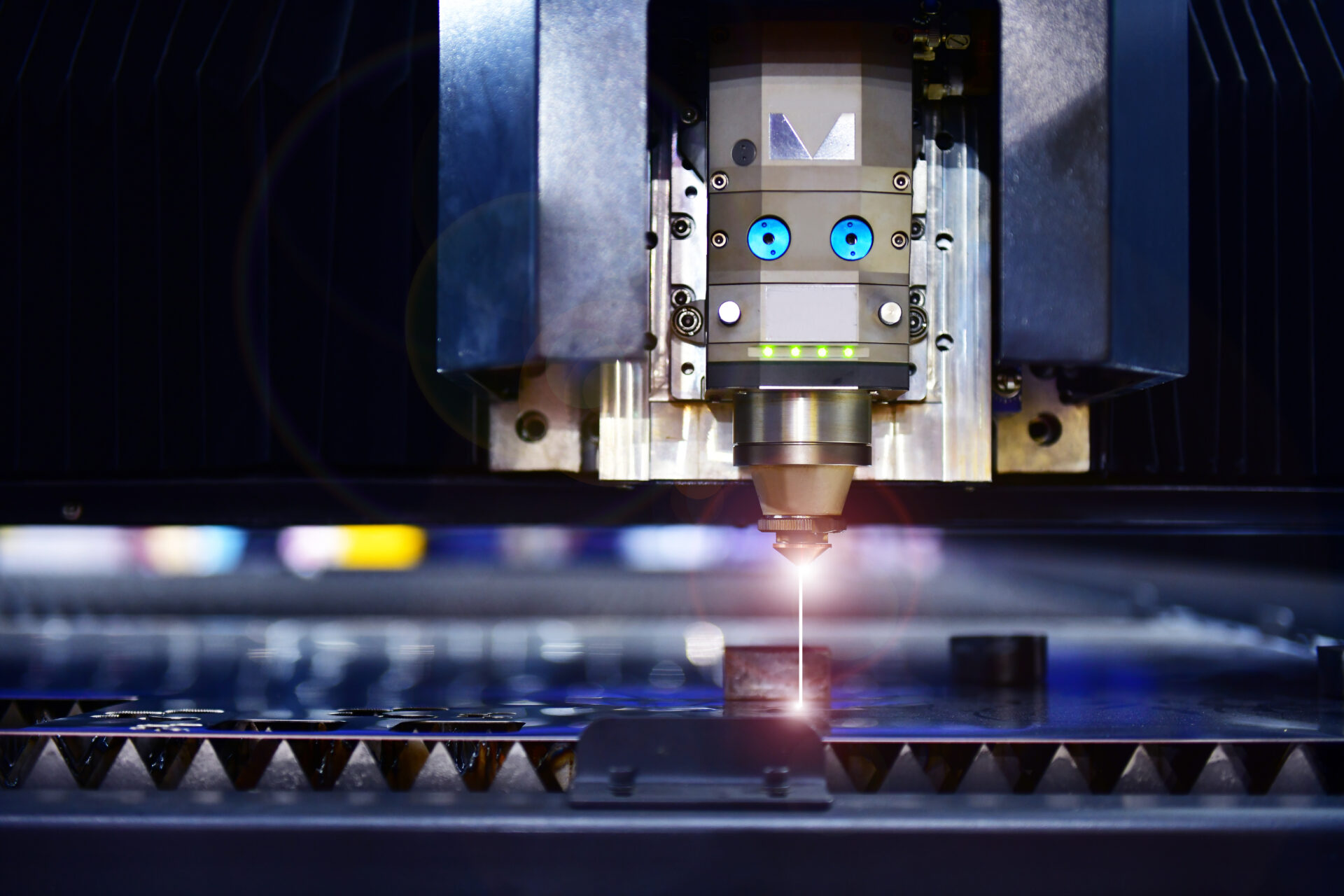A new joint study uncovers the remarkable potential of ultrafast lasers that could provide innovative solutions in 2D materials processing for several technology developers, such as high-speed photodetectors, flexible electronics, biohybrids, and next-generation solar cells.
The manipulation of 2D materials, such as graphene and transition metal dichalcogenides (TMDs), is crucial for the advancement of next-generation electronic, photonic, quantum, and sensor technologies. These materials exhibit unique properties, including high electrical conductivity, mechanical flexibility, and tunable optical characteristics.
However, Traditional processing methods often lack the necessary precision and can cause thermal damage. This is where ultrafast laser processing comes into play, offering unprecedented control over the material properties at the nanoscale.
A new study by Aleksei Emelianov, Mika Pettersson from the University of Jyväskylä (Finland), and Ivan Bobrinetskiy from Biosense Institute (Serbia) explores the remarkable potential of ultrafast laser techniques in manipulating 2D layered materials and van der Waals (vdW) heterostructures toward novel applications.
“Ultrafast laser processing has emerged as a versatile technique for modifying materials and introducing novel functionalities. Unlike continuous-wave and long-pulsed optical methods, ultrafast lasers offer a solution for thermal heating issues. The nonlinear interactions between ultrafast laser pulses and the atomic lattice of 2D materials substantially influence their chemical and physical properties,” tells Postdoctoral Researcher Aleksei Emelianov from the University of Jyväskylä.

A new tool for altering the properties of 2D materials
The researchers describe progress made over the past decade and primarily focus on the transformative role of ultrafast laser pulses in maskless green technology, enabling subtractive and additive processes that unveil ways for advanced devices. It is feasible to achieve resolution down to several nanometers by utilizing the synergetic effect between the energy states within the atomic layers and ultrafast laser irradiation.
“Ultrafast light-matter interactions are being actively probed to study the unique optical properties of low-dimensional materials, says Aleksei Emelianov. In our research, we discovered that ultrafast laser processing has the potential to become a new technological tool for manipulating the properties of 2D materials,” said Aleksei.
Journal Reference:
Aleksei V. Emelianov, Mika Pettersson, Ivan I. Bobrinetskiy. Ultrafast Laser Processing of 2D Materials: Novel Routes to Advanced Devices. Advanced Materials, 2024; DOI: 10.1002/adma.202402907
Also read: DNA— A Futuristic Data Storage and Computation Device


